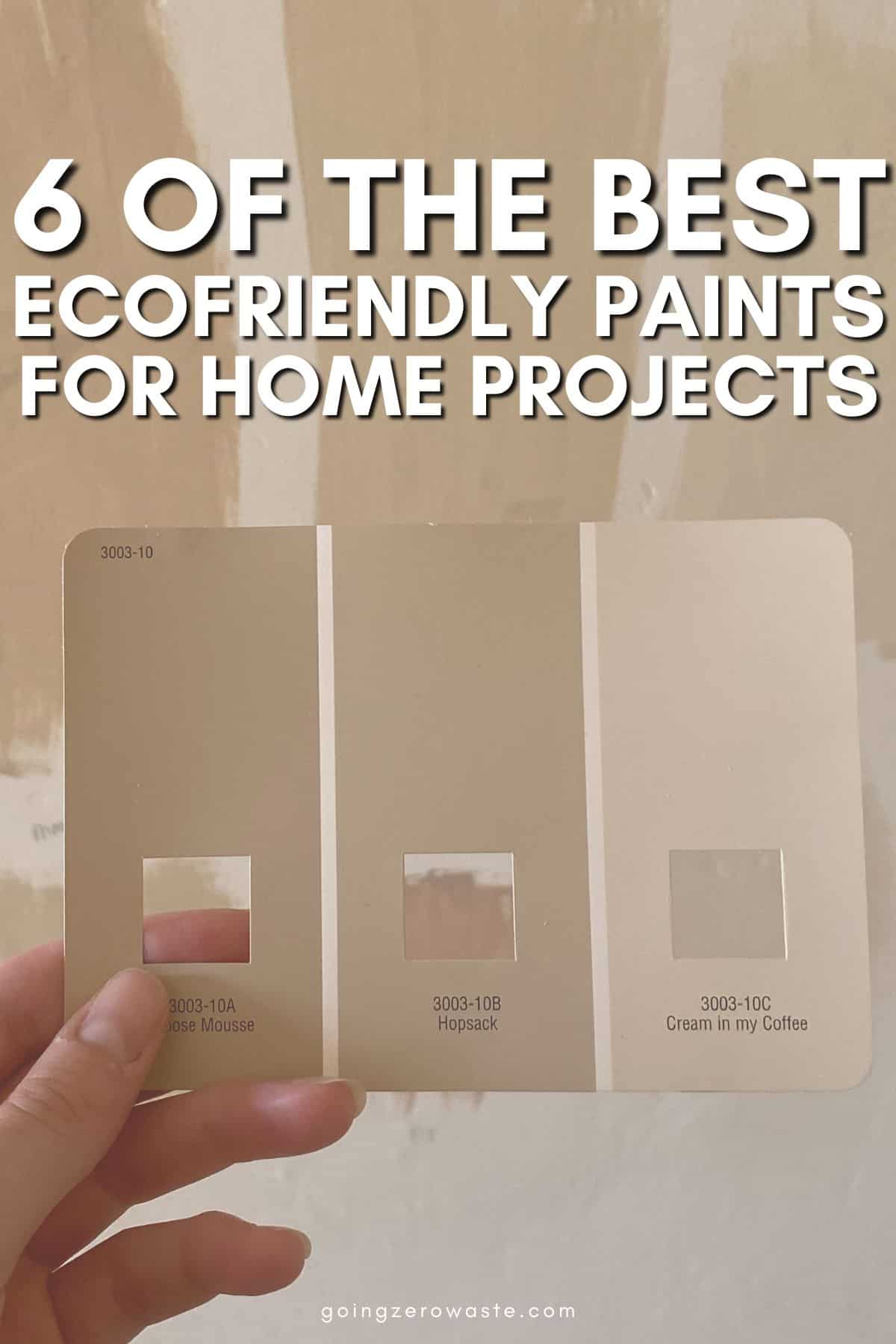[ad_1]
Last Updated on August 27, 2024
I recently moved to Maine and took on a home restoration project that was a lot of work. Our home has an almost 200-year-old heritage and it was certainly a fixer upper!
I removed so much wallpaper and was filling up massive bags of trash. But, despite the waste, I was able to keep the renovations as sustainable as possible by choosing secondhand furniture, repairing and upcycling a lot of items.
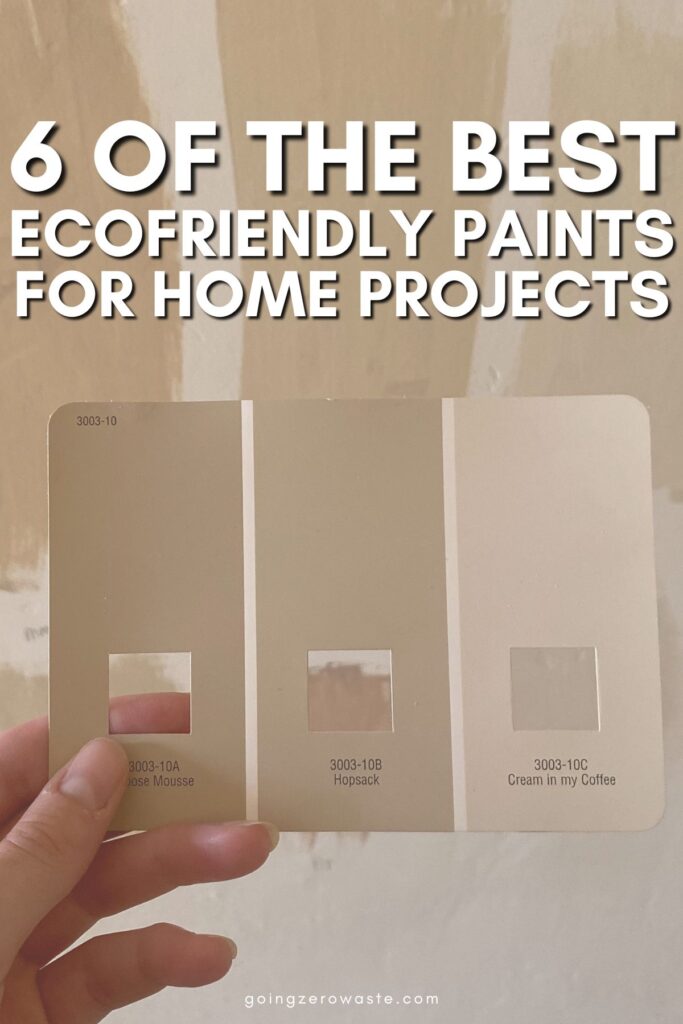
Some of the links in this post are affiliate links; for more information please see my disclosure policy.
One thing I used a lot to transform a space was paint. Did you know most paint fumes can contain volatile organic compounds (VOCs)? These are chemicals that evaporate easily at room temperature and can remain toxic for up to a day after paint dries.
VOCs increase air pollution and can contribute to petrochemical smog. Also, VOCs may lead to health problems, such as headaches, dizziness, and respiratory issues.
If you have the option, looking into VOC-free paint is a good place to start, but it’s important to know these paints may still contain other potentially harmful chemicals.
Here are my favorite ecofriendly paint options that are not only better for your health, but the environment as well.
which paint is most environmentally friendly?
The paint that’s most environmentally friendly is one that contains no VOCs, or other harmful chemicals.
Most conventional paints contain VOCs. Here are some common VOCs found in paint:
These are the ingredients and chemicals that cause VOCs, so make sure to check the ingredients label and avoid these when you can.
If for any reason you can’t avoid VOCs, here are some safety tips:
- Make sure that the area you’re painting in is ventilated properly. Open windows and utilize fans.
- Consider wearing a mask designed to filter out VOCs as you paint.
- Try to avoid a room after painting for at least 2–3 days, or up to 72 hours, to avoid harmful paint fumes.
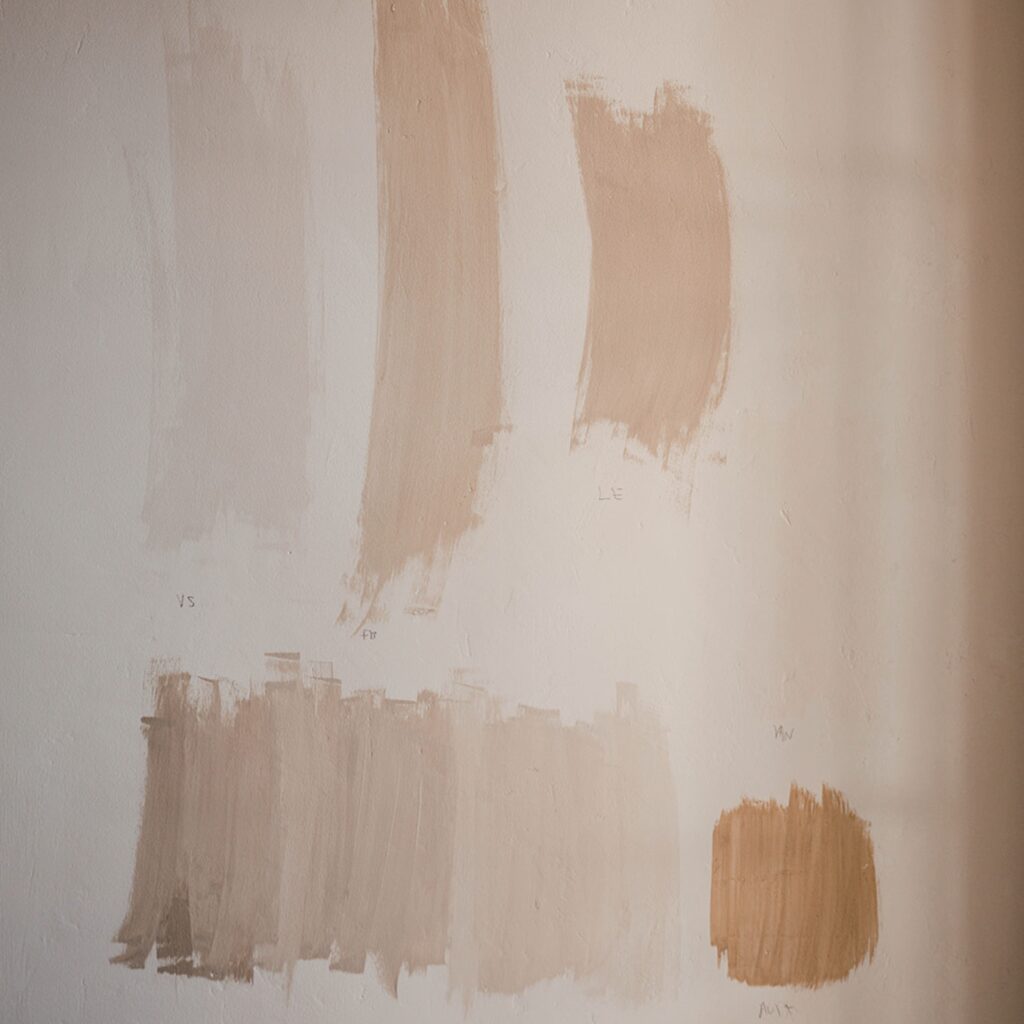

what makes a paint eco-friendly?
What makes a paint eco-friendly is if it contains natural materials, such as chalk, clay or plant oils. Even better if it uses plant dyes and pigments to add color.
Many indigenous people have used a variety of natural materials to make paint for their homes and in cave paintings. Even for body paint. For example, ochre is the traditional medium used by Aboriginals dating back 60,000 years.
Ochre is a clay-based rock that can be softened with water and produces colors such as brown, yellow, red, white, and orange.
While some ecofriendly paint brands utilize natural pigments and clays, many are still mostly synthetic (aka, acrylic-based).
However, paint can be eco-friendly simply by avoiding harsh chemicals, like VOCs.
Also, reusing the paint you already have, or got secondhand, is also considered eco-friendly because you’re not letting it go to waste. You can also check local reuse stores to see if they have any secondhand paint for sale at discounted prices.
Paint brands that utilize sustainable, recycled materials in their packaging are also eco-friendly.
how bad is latex paint for the environment?
Latex paint is less harmful to the environment than oil-based paint, but it can still be toxic to aquatic organisms and wildlife if poured down a storm drain. It can also pollute groundwater if dumped on the ground.
It’s best to opt for water-based paint whenever possible, as this is the best option for the environment.
However, this doesn’t mean you can’t use latex-based paints (there are several ecofriendly paint options that utilize latex). It just means you will have to dispose of latex-based paint consciously, using the instructions below. No dumping it down drains or on the ground!
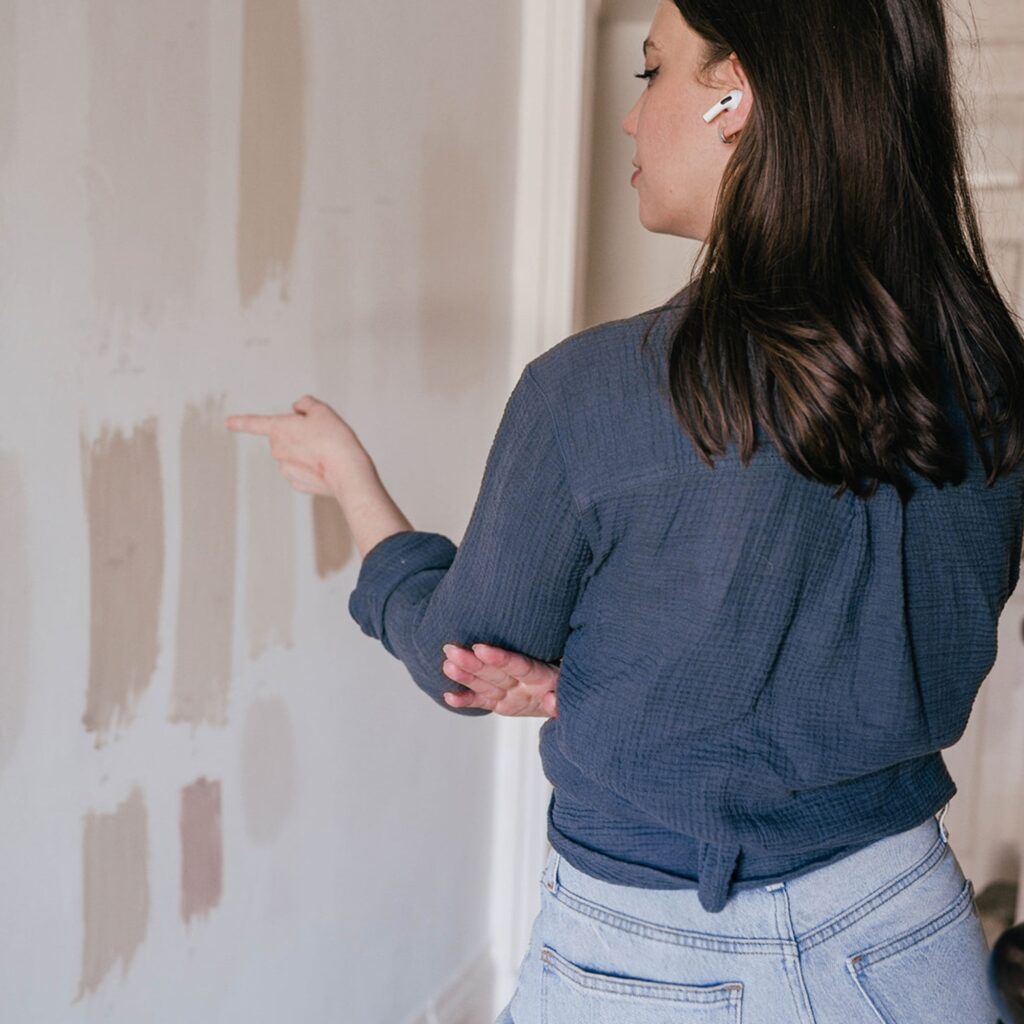

how to dispose of leftover paint?
Whatever kind of paint you use, it’s important you dispose of what’s leftover consciously.
One great option is PaintCare, an organization that manages local paint recycling programs in 13 different states. You have the option to take leftover paint to a drop-off site, or request a pickup. It will be sorted for reuse, recycling, energy recovery or safe disposal.
If you don’t live in a PaintCare state, you can look into donating unused and unopened water-based paint to Habitat for Humanity ReStore, which sells gently used and discounted building materials, like paint, from Habitat projects across the country.
While household paint is not considered hazardous waste, a lot of hazardous waste sites will still take it off your hands to ensure proper disposal. For more tips on proper paint recycling, be sure to check out Earth911, which offers helpful how-to-recycle guides.
ecofriendly paint that gets the gzw seal of approval
Here are some brands that sell ecofriendly paint and get the Going Zero Waste seal of approval. Some of these brands even utilize recycled content in their packaging or have sustainable certifications.
I’ve gone ahead and highlighted some key features of each brand, but it isn’t an exhaustive list. Be sure to check out their websites for more information.
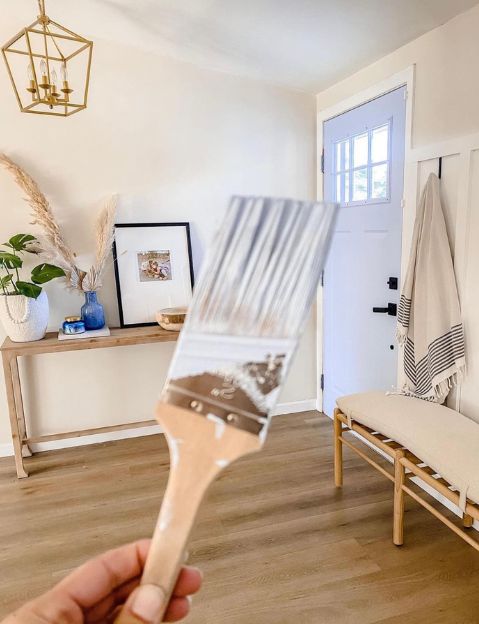

1. ecos
- Interior + exterior paints
- Non-toxic + transparent ingredient list
- No animal products as ingredients + cruelty-free
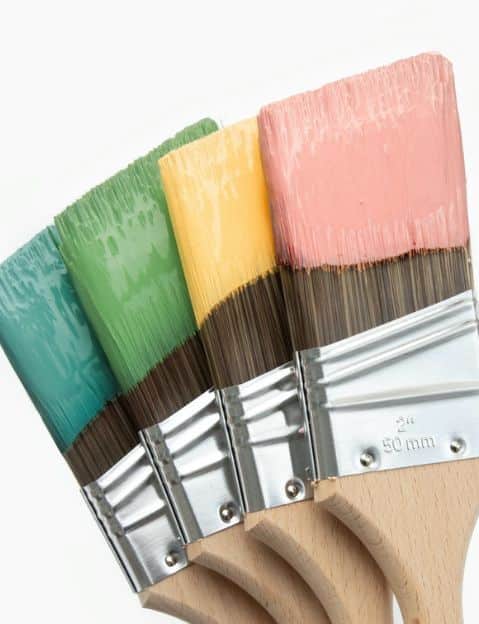

2. clare
- Interior + exterior paints
- No EPA chemicals of concern + no toxic air contaminants or pollutants
- Zero VOCs
- GREENGUARD Gold certified
- Paint containers, trays + liners are made from recycled materials
- Shipping + packing materials made from 100% recycled paperboard with 90% post-consumer content
- Energy-efficient factory reduces waste + treats/recycles water for reuse
This is the brand my interior designer loves and swears by! You can read my interview with her here.
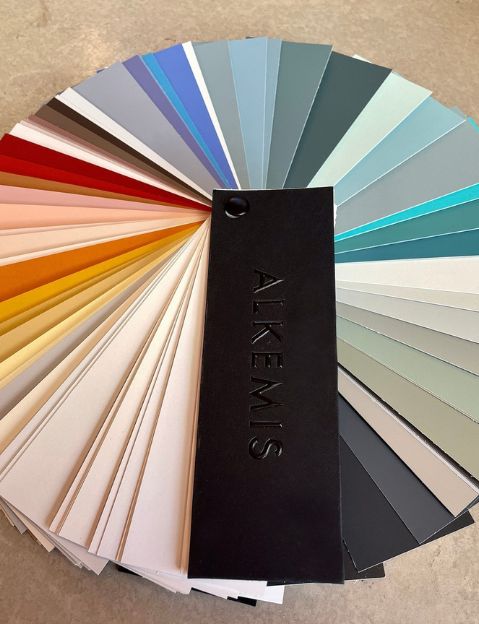

3. alkemis
- Interior paints
- All-natural + nontoxic mineral-based paint
- Zero VOCs
- Cradle to Cradle certified
- Steel cans are infinitely recyclable
- Vegan + cruelty-free
- Latex + acrylic-free
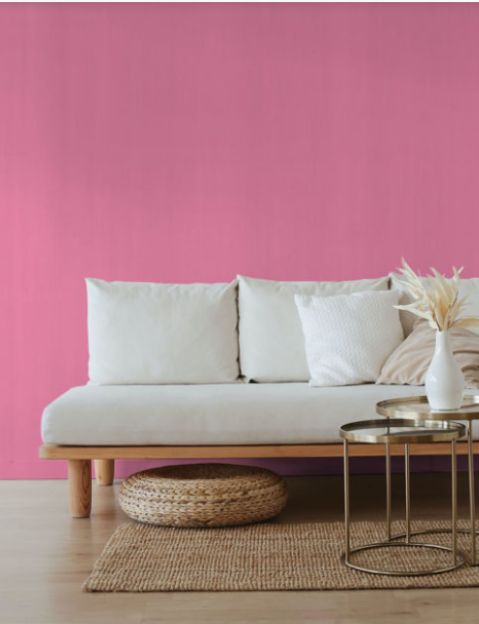

4. real milk paint
- Interior + outdoor paint (can only be used outside on raw, absorbent materials like raw wood, concrete, brick + stone)
- Made from 100% natural ingredients, such as milk protein (casein), lime, and natural pigments
- Zero VOCs
- Comes in powder form – you will have to mix the paint yourself with water
- Latex-free
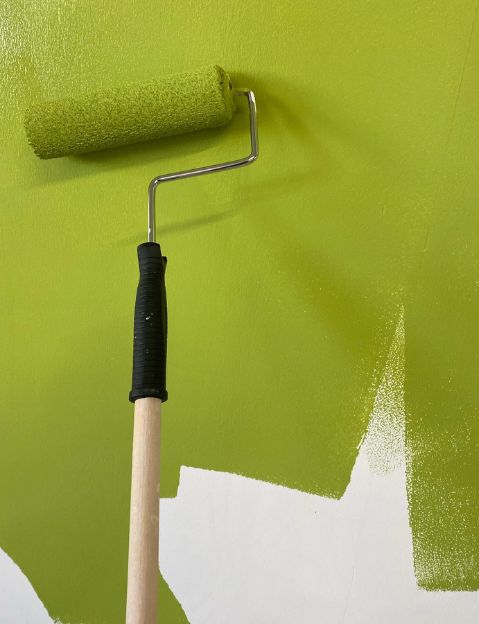

5. backdrop
- Interior, exterior, cabinet + door paint
- Made from water-based (latex), using high quality acrylic resins
- Low VOC
- Green Wise Certified
- Climate Neutral Certified
- Eco-friendly packaging is compostable Green Cell Foam and recyclable stainless steel metal can
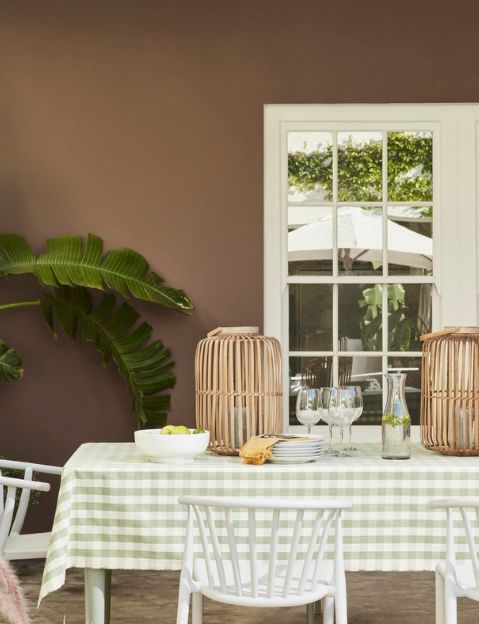

6. little greene
- Interior paints
- Non-toxic: Tested against European Standard EN 71-3:2019
- Wide range of water-based paints using natural, organic pigments
- Handmade in the UK
- Virtually zero VOCs
- paint tins are made using over 50% recycled steel + can be recycled again
- Re:Mix is an upcycled paint collection for interior walls + ceilings
- Vegan + cruelty-free
So what do you think of these ecofriendly paint brands? Let me know in the comments.
[ad_2]
Source link
